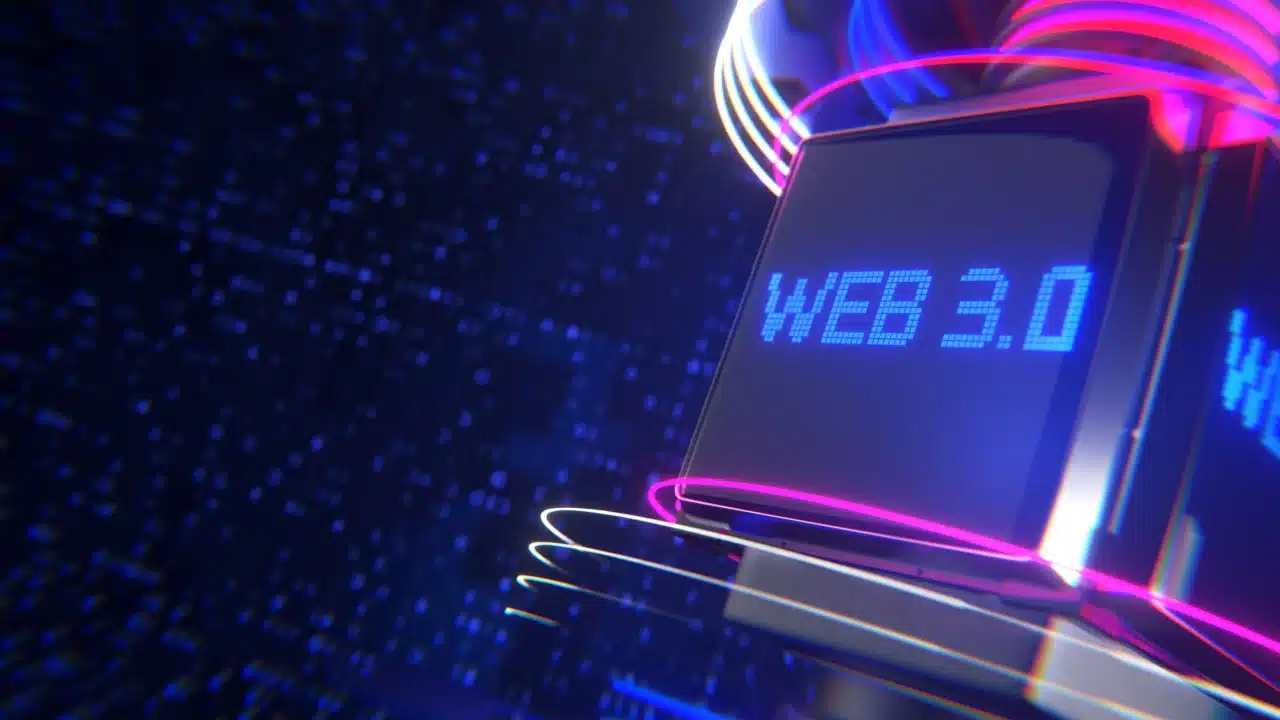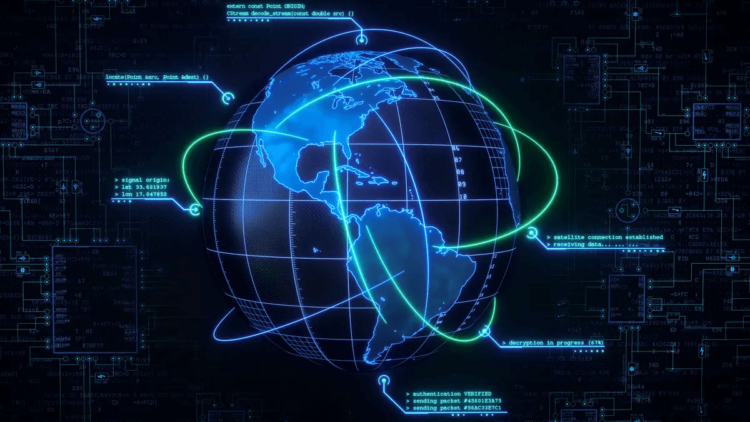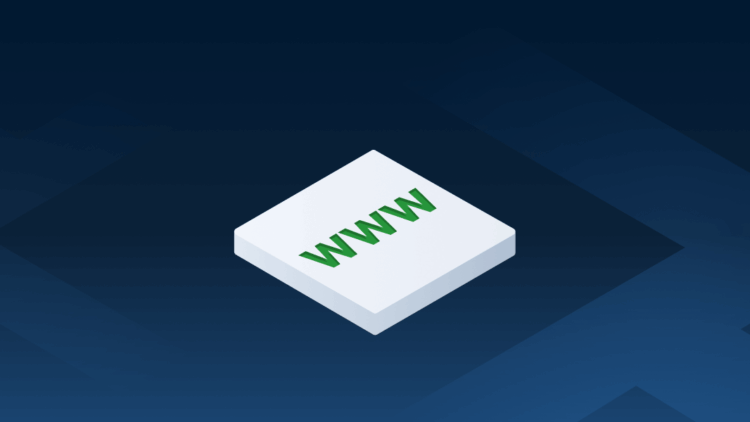As a CTO with over 10 years of experience in the tech industry, I am incredibly excited about the potential of Web 3.0 to transform the internet as we know it. In my opinion, Web 3.0 represents the next major evolution of the internet, building on the foundations of Web 2.0 to create a more open, decentralized, and user-centric web.
What is Web 3.0?
Web 3.0 refers to the next generation of internet technologies and applications that leverage machine learning, artificial intelligence, and blockchain to create more intelligent, connected, and immersive experiences. While still an emerging concept, Web 3.0 promises to revolutionize how we interact online.
At its core, Web 3.0 aims to put users in control of their own data and identity. This means moving away from data silos controlled by tech giants and towards a model where users retain ownership over their personal information through decentralized networks and protocols. The result is an internet that is more transparent, private, and secure.
Key Innovations Driving Web 3.0
Several cutting-edge technologies are converging to enable the Web 3.0 future. Here are some expanded examples of how businesses could leverage these key technologies in a Web 3.0 future:
Decentralization Through Blockchain
- Supply chains tracked end-to-end on blockchain, providing transparency and preventing counterfeits
- Micropayments seamlessly enabled between connected devices to incentivize user behaviors
- Universal digital identities give customers control over their personal data
AI and Machine Learning
- AI assistants provide 24/7 customized advice to each customer during shopping
- Product recommendations are predictive based on current trends and historical data
- Chatbots handle complex customer service issues using natural conversations
The Internet of Things (IoT)
- Smart appliances and homes monitor usage patterns to optimize energy efficiency
- Autonomous vehicles coordinate safely with each other and smart city infrastructure
- Environmental sensors enable real-time monitoring and responses to issues
Extended Reality (XR)
- Immersive virtual shopping experiences blend digital products with real-world environments
- Digital twins create virtual replicas of factories and machinery for monitoring
- Telepresence enables seamless collaboration between remote team members as if together
These examples illustrate how emerging technologies could enable businesses to provide next-level customer experiences, optimize operations, and develop new business models powered by the connectivity and intelligence of Web 3.0.
Benefits of Web 3.0
Based on its technological foundations, Web 3.0 will bring several advantages:
- User empowerment: Users will own their data and digital identity. No more data exploitation by Big Tech.
- Transparency and trust: Blockchain enables tamper-proof, verifiable transactions without middlemen. This boosts trust.
- Enhanced personalization: AI will deliver highly customized recommendations and experiences tailored to the user.
- Seamless experiences: The IoT blends our digital and physical worlds for seamless omnichannel experiences.
- Immersive digital environments: XR creates embodied digital experiences that feel real, transcending physical limitations.
Preparing Your Business for the Web 3.0 Future
As an executive guiding your organization into the future, it is critical to start preparing for Web 3.0 now, even though mainstream adoption is still emerging. Companies that can position themselves as first-movers will gain a significant competitive advantage.
Here are the steps business leaders should take to prepare for Web 3.0:
Evaluate Potential Blockchain Applications
Conduct an assessment of how blockchain technology could provide value. Use cases may include supply chain tracking, digital IDs for customers, tokenized incentive programs, transparent analytics, automation through smart contracts, and more. Do not force blockchain where it does not fit, but identify where decentralized models could improve operations, trust, or innovation.
Audit Your Data Practices
To align with Web 3.0’s user-owned data paradigm, audit what customer data you collect, how it is managed and secured, and whether your current practices would meet personal data sovereignty expectations. Consider decentralizing databases and allowing customers to control their data sharing.
Research Relevant AI and ML Capabilities
Evaluate how AI and machine learning could optimize your products, services and processes to provide next-level personalization, predictive insights, automation and innovation. Useful capabilities may include computer vision, natural language processing, predictive analytics, recommendation engines, and more.
Explore Immersive Experience Opportunities
Assess how emerging technologies like extended reality and the Internet of Things could open new frontiers for immersive, omnichannel customer experiences blending digital and physical environments. Pilot projects in virtual showrooms, digital product trials, or connected devices.
Update Security and Technology Stacks
Audit existing infrastructure and teams to ensure you have the technical capabilities and security models suitable for decentralized, connected environments. Take steps like embracing Zero Trust architectures, staffing data engineers, and modernizing technology stacks.
Foster a Privacy and Ethical Mindset
Build an organizational commitment to transparency, ethics, and protecting customer privacy. Appoint leaders to oversee privacy practices and AI/ML ethics. Educate teams on the responsible use of emerging technologies and employ a human-centric approach.
Taking these steps now, even while Web 3.0 is still evolving, can prime your company for success in the next era of the internet. Lean into decentralization, empower users, boost trust, and deliver new value. With preparation and foresight, businesses can ride the wave of innovation that Web 3.0 will bring.
Exploring Blockchain Solutions and Networks
There are many blockchain platforms emerging that are poised to power Web 3.0 applications:
- Ethereum is the most established blockchain network for decentralized apps and smart contracts. It enables self-executing code and is transitioning to a proof-of-stake consensus model
- Polkadot allows different blockchains to seamlessly share data and transactions via its relay chain. Focused on interoperability
- Filecoin provides a decentralized storage network to host website files and datasets. Supports IPFS
- Helium – Creating a decentralized wireless network powered by IoT devices to connect Web 3.0 apps
- Tezos is an open-source platform for assets and applications backed by formal verification for security
- Flow – Developed for NFTs, gaming, and the metaverse. Offers a developer-friendly approach
These networks illustrate the breadth of innovation occurring. By building on these decentralized foundations, Web 3.0 can reshape how value exchange, identity, ownership, and even the internet itself work.
Diving into Web3 Projects
Many projects are leveraging these Web3 platforms to build out the next generation of applications.
- Uniswap – A decentralized crypto exchange running on Ethereum, allowing token trading without intermediaries.
- Brave is a web browser with an integrated crypto wallet and token rewards system. Empowers users to support sites and creators directly.
- Decentraland – A virtual world platform where users can buy digital land as NFTs and explore 3D environments.
- Audius – A decentralized streaming protocol that connects artists directly with fans, with built-in compensations.
- Livepeer – Building video infrastructure for broadcasters to stream in real-time to any device via decentralized nodes.
- Theta – A peer-to-peer network for decentralized video streaming and delivery powered by users.
These projects give a glimpse into the breadth of innovation unlocked by combining blockchain, decentralization, and token-based economics. By supporting open protocols over walled gardens, Web 3.0 can expand what’s possible online.
My Vision for an Improved Web
I am most excited by Web 3.0’s potential to reset the balance of power between users and Big Tech. Individuals will regain control over their digital lives, while businesses can build trust and loyalty through transparency.
Web 3.0 also opens new frontiers for creativity, collaboration, and human connection by removing the limitations of the physical world. As both a technologist and a user, I am eager to participate in this next evolution of the web.
Though challenges around regulation and adoption remain, I am optimistic that Web 3.0 will usher in an internet that is ultimately more empowering, immersive, and human-centric. The foundations are being built now, and I believe this next generation of the web may represent one of the most transformative technological paradigm shifts in history.






